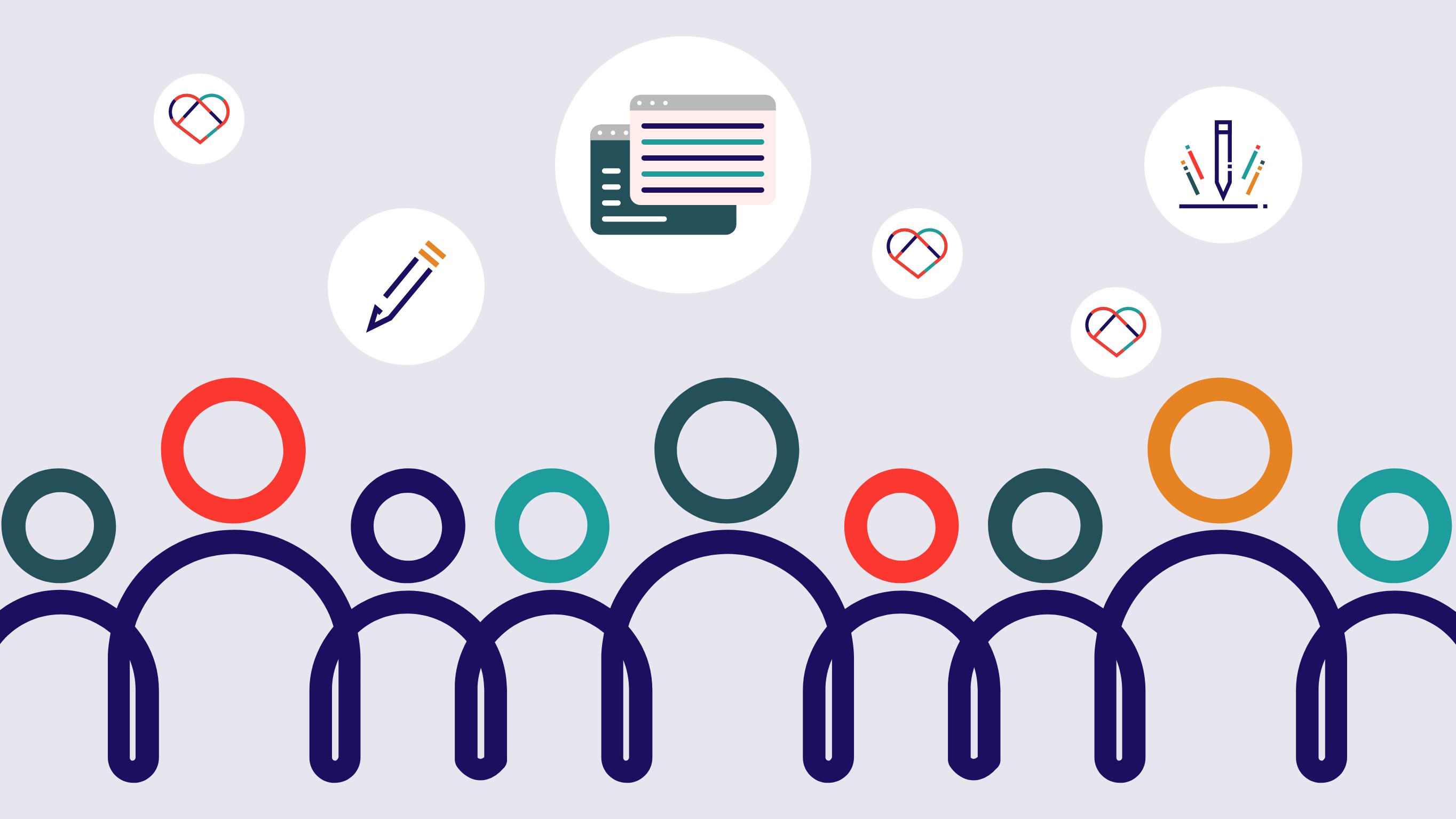Why and how to use inclusive writing?

Inclusive writing is much more than just a trend. It is a writing style that prioritizes equal representation of genders and different life situations, so that the content better reflects the diversity of our society. It is also a type of writing that promotes understanding for all readers, regardless of their literacy level.
You may believe that it is unnecessary for your company to employ inclusive writing, or that it primarily concerns masculine and feminine terms, which is a more significant concern in French than in English. However, I urge you to reconsider!
The representativeness of your target audience
It is a well-known principle in communication and marketing: if you want to sell a product, gather subscriptions to your newsletter, or increase the average reading time on your blog, the best way to achieve that is byfocusing on the benefit for the target audience.
Inclusive writing allows you to apply this principle to all your content by ensuring that your users can identify with what you're saying. This involves the choice of words, initially, but also the examples you provide and the topics you address.
The key is to recognize the different situations people may find themselves in and offer them tailored solutions. For example, not all families in Québec are composed of a father, a mother, and two children. Not everyone is in a relationship or has children either. Some people are homeowners, while others are tenants. The same goes for interests, educational levels, and consumer habits.
Today, personalization is king! Use it to adapt your writing to your audience and enhance their engagement. It will also help you avoid stereotypes when envisioning the persona (the typical target) for whom you are writing, and expand your audiences.
Gender equity
When we talk about inclusive writing, we often refer to gender-neutral writing, which means writing that does not assign genders. Unlike the French language, which is highly gendered, the English language is not. This gives you a head start, but make sure not to always assume that your reader is either a man or a woman.
Prioritizing gender-neutral writing allows you to include all gender identities in your discourse.
The accessibility of your content
Inclusive writing should truly include everyone. Make sure that the writing techniques you choose do not hinder those who have difficulties with reading or vision, or have a lower language proficiency.
To achieve this:
- Use accessible language for everyone by prioritizing clear and simple terms. Focus on conveying one idea per sentence. Write short sentences (around 20 words). Use active formulations rather than passive ones.
- Instead of "the article is written by a female content producer", consider writing "a female content producer writes the article".
- Adapt your language level to your target audience. For example, if a portion of your clientele has cognitive difficulties, it is important to know this beforehand in order to adjust the writing accordingly.
- Instead of writing "charged parking spaces", consider writing "paid parking spaces".
In addition to all the best practices of web accessibility, this also includes considerations for calls to action and hyperlinks.
- When using hyperlinks, ensure that they are associated with explicit terms.
- Instead of writing "for more information, click here", you can write "visit our page on continuing education for more information".
- When crafting calls to action, prioritize engaging words that reflect the action to be taken or the nature of the page where the person will be directed.
- Instead of writing "Learn more", you can write "Discover our courses".
In summary, inclusive writing is a way to show your audience that you understand them well and want to offer content that reflects their needs. Isn't that an appealing promise for you? If you have any questions regarding inclusive writing or need assistance with producing your content, please don't hesitate to reach out to us!